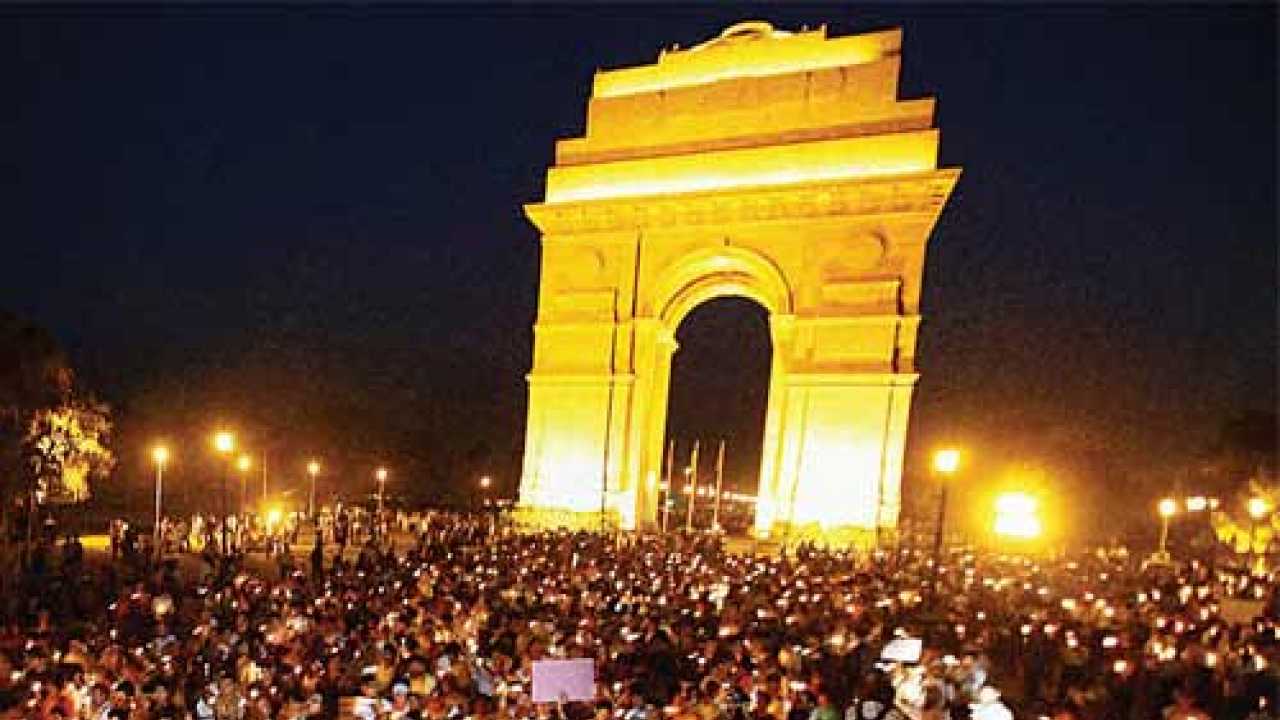
There are 147 urban settlements in this country with over three lakh people in each. Together, they account for 168 parliamentary constituencies. In short, this is the urban battleground where Congress performance was quite commendable in the 2009 general election. The party, in alliance with the Trinamool Congress, NCP and the DMK, won 92 of these city seats. Effectively, the UPA won over 54 per cent of the constituencies — a feat which, four years later, it doesn’t even dream of repeating. In fact, it is still groping for an urban political strategy.
So, what has gone wrong for the Congress in these densely populated warzones where a burgeoning middle class and an aspiring neo middle class (the term owes its origin to Narendra Modi) are disillusioned by the innumerable instances of corruption at the Centre? This population comprising even the relatively-impoverished slumdwellers have come to believe that never before has such a long procession of corruption accusations besieged a government ruling in Delhi. Worse, the government has looked meek and defenceless as charges pile up.
True, corruption at the Centre does not evoke the same political anger as price rise does. And this government has been callous when it comes to dealing with the economy. The prices of essential commodities have soared in the past four years with the government remaining a mute spectator and offering the insensitive explanation that inflation is a price one may have to pay for a high growth rate. The urban housewife has not accepted such reasoning without cursing the powers-that-be. She may not have always blamed the Centre for it but there is no escaping the fact that she is unhappy and is looking for political change.
Let us look at the situation in some of the metropolitan and other rapidly-growing cities in the country to understand the nature of the urban threat that the Congress faces. For example, corruption will matter as an issue in Delhi more than in any other urban centre. It’s closest to the seat of power and despite the stature of the state chief minister Sheila Dikshit, the Congress may have to suffer the loss of quite a few seats in the capital. Similarly, in Mumbai, the Shiv Sena-BJP combine and the MNS may together outperform the UPA.
In Bangalore, the Congress has only just returned to winning ways and that same trend may continue provided Modi does not successfully negotiate with the disgruntled Yeddyurappa and bring him back to the BJP fold. In Kolkata, the Congress has been reduced to a third force and will watch from a distance while the Left and the TMC battle it out. The DMK and AIADMK will take on each other in Chennai and the Congress will remain an outsider.
In Ahmedabad, Jaipur, Bhopal and Raipur, the BJP is leagues ahead.
In these past four years, the BJP has aligned its politics with the aspirations of the urban middle class. Its decision to project Narendra Modi as a top leader has also matched the yearning of the average Indian citizen for a “decisive” leadership. Modi has already adopted many of the urban tools to reach out to his largely-urban audience. He has mastered Twitter and relied on other technological innovations like three-dimensional holograms. Not that Modi has purposefully chosen this path after much deliberation. Gujarat is fast urbanising itself and Modi has needed to alter his style of politics to cope with the changes.
Quietly enough, without following the Ayodhya route, the BJP has also been able to instil a degree of nationalism in its urban politics. The new middle class is proud of its identity and an undercurrent of patriotic fervour mixed with a dose of cultural nationalism appeals to them. Along with it, the “development” successes of two of its key chief ministers — Modi in Gujarat and Shivraj Singh Chauhan in Madhya Pradesh — have created an aura of “good governance”. There is a growing belief in city centres that the likes of Modi can deliver.
In contrast, the Congress leadership has looked tired, almost exhausted and completely bereft of new ideas. Manmohan Singh in his second avatar as the executive head of UPA-2 has not been able to inspire confidence. The average city-dweller views Rahul Gandhi as a failed escapist. With many of its ministers caught in the web of corruption, the Congress has lacked that defining urban virtue — credibility. And it’s more than obvious the party has no clue about how to retain those crucial 92 city seats.
Diptosh Majumdaris national affairs editor of dna.